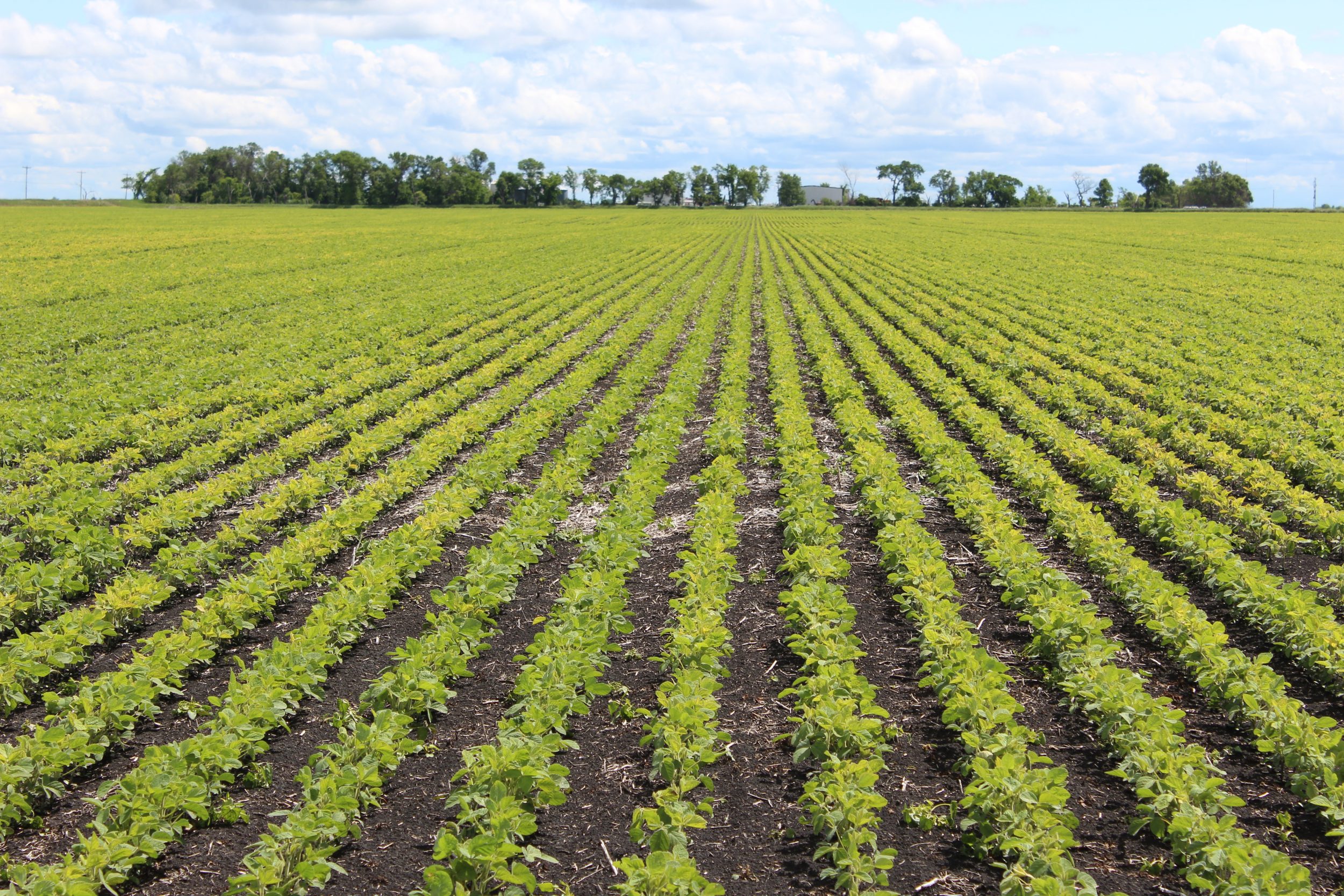Ron Davidson, Executive Director, Soy Canada
ALTHOUGH TELEPHONE AND e-mail technologies are indispensable for communications, they do not equal the value that can be gained from interpersonal contact. In April, I was afforded to meet with the board of directors and staff of Manitoba Pulse & Soybean Growers as well as with processor and exporter representatives. The two days of discussions not only contributed significantly to both ensuring the Manitoba perspective is taken into account when liaising with the numerous officials at the national level whose perceptions and decisions impact every component of the soybean sector, but also in the future planning and delivery of Soy Canada activities.
Manitoba A Pillar of Canadian Soybean Production
Since 2013, Manitoba has consistently ranked as Canada’s second most significant soybean-producing province — and soybeans are solidly entrenched as the third most valuable field crop. Although 2019 will record a second contraction from the peak reached in 2017, Statistics Canada projects that seeded area in the province (1,571,100 acres) will still exceed that of 2015. Even at this level, acreage in Manitoba will surpass that in Quebec, Canada’s third largest soybean producing province, by a substantial 86% or 725,400 acres.
Beyond 2019, Soy Canada anticipates that the east–west ratio of soybean production will resume its westward progression. Eastern Canada will remain constrained by both few opportunities for expansion into new production regions and the widespread current inclusion of soybeans in crop rotations.
Conversely, intensified public and private sector research and regionally-focused varietal development in western Canada will support further expansion into new geographic regions, particularly those that are characterized presently by rotations limited to only two crops.
Non-Market Forces Exert Profound Impact on Exports
Since early 2018, the threat, and then the reality, of U.S. import tariffs — followed subsequently by Chinese retaliation — have exerted a dramatic impact on global soybean trade.
Canada recorded unprecedented volumes of soybean exports to China in June, July, September, October, November and December. By the end of the year, Canadian exports to China had soared to an unprecedented 3.6 million metric tonnes — compared to 1.8 million in 2016 and 2.0 million in 2017.
Prior to 2018, China had never exceeded 40% of Canadian exports. Last year, China’s share exceeded 59%. Excessive dependence on a single market increases risk and undermines the durability of long-term relationships and diversification initiatives elsewhere.
While the extraordinary demand from China in 2018 was certainly appreciated, other implications of the U.S.-China dispute are less sanguine:
- China increased incentives to entice greater domestic production and reduced, perhaps permanently, the amount of soy protein included in livestock rations;
- the U.S. government allocated a subsidy of U.S. $1.65 per bushel to American producers and millions of additional dollars for export market development
- actions that were not matched by the Canadian government;
- soybean exports to Canada’s non-China markets encountered intense competition from the U.S. As an example, during the four years between 2014 and 2017, the European Union (EU) accounted for an average of 1,194,671 tonnes, or 26.9%, of Canadian exports. In 2018, the EU share tumbled to only 697,048 tonnes or 11.5% of Canadian exports. As the EU is, by far, the second largest global importer of soybeans, it is critical that Canada retain and strengthen trade relationships with EU member countries and importers; and
- there continue to be signals that an eventual (albeit prospective at of writing) China-U.S. free trade agreement will include a commitment by China to manage future agriculture and agri-food imports to the benefit of American producers, processors and exporters.
Market Development Mission to Japan and Vietnam
Japan is consistently one of Canada’s top three export destinations, importing in excess of 350,000 tonnes of soybeans valued between $250 and $300 million annually. The Japanese expect regular engagement and consultation. Vietnam was Canada’s sixth largest foreign market in 2018, importing 120,088 metric tonnes valued at over $68 million.
Undertaken from February 22 —March 1, 2019, a Soy Canada trade mission to Japan and Vietnam included: two representatives of provincial producer organizations; 14 representatives from exporter members, and an internationally recognized soybean genetics and variety development researcher.
Mission members met with industry organizations as well as individual importers and processors and presented well-attended seminars. Formal presentations included: Overview of the Canadian Soybean Industry; Soybean Research and Variety Development; Innovation and Sustainability from a Producer Perspective; and, Canadian Soybean Production and Market Outlook. Seminars were followed by open question and answer sessions and individual exporter–importer meetings.
After addressing both known and new issues of concern to each country, the overarching message received by mission participants was that Canada should be present and engage more frequently with client countries and companies.

